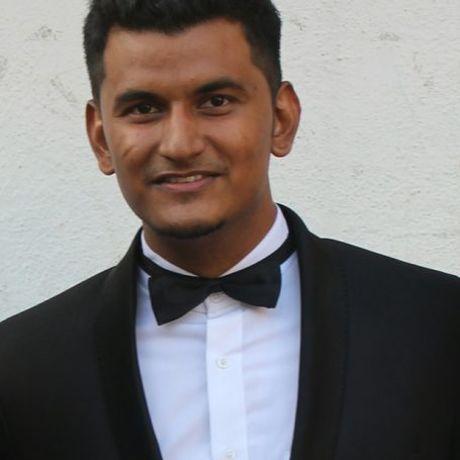Effect of Mutual Coupling on Micro strip Antenna
- 0 Collaborators
The purpose of this study is to observe the effect of mutual coupling on microstrip antenna (MSAs). A modification is done in such a way that, a gap coupling is used to increase the separation between the frequency bands. Before this phenomenon was introduced, there were problems such as destructive interference caused by the multiple resonant frequencies which implies the mutual coupling effect. In multi-resonant configurations, separation between the resonant frequencies is varied to make them operate in desired frequency band. The separation between the resonant frequencies of individual elements, is sufficiently increased and by appropriately providing the matching for different resonances, dual or multi frequency operation is obtained. Also, a brief summary of radiation characteristics of these microstrip antennas is presented, which can help in deciding whether these structures are suitable for their use in various applications with particular requirement for radiation pattern. A model is designed to resonate at 750MHz and 1.16GHz, which gives two resonant frequencies. ...learn more
Project status: Published/In Market
Overview / Usage
Rectangular configuration of microstrip antenna is most commonly used. Thus by obtaining dual or multi band resonating frequencies VSWR in the required range 1≤ VSWR≤ 2, Return loss (RL<-10dB) is obtained. The directivity and radiation pattern observed is also considerable. Thus the disadvantage of microstrip antenna which is narrow bandwidth is removed to certain extent, which is made possible by decreasing the mutual coupling effect. This antenna is used as a transceiver and in future for mobile phones with two SIM cards which make them more bulky and complex. But this technique will replace any number of operators in single setup making the system compact, simpler, and thus will be a revolutionary method.
Methodology / Approach
This project is the generic study of Mutual Coupling Effect through its directivity profile and interpreting the theoretical understanding for the same.
Design and simulation on IE3D antenna designer.
Observing the frequency profile, Directivity, and VSWR(Voltage Standing Wave Ratio).
Interpreting the outcomes.
Technologies Used
Software: IE3D antenna designer.
Hardware: Cu PCB board, Oscilloscope, Spectrum analyzer, Probes.



